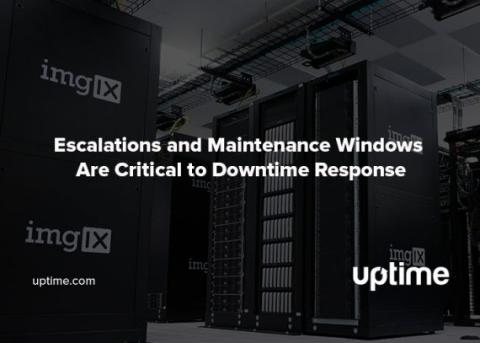How to Optimize Your WordPress Site for Speed
Site speed is critical to providing an optimal user experience and Google rankings. WordPress is an optimal platform for websites because of its flexibility. About 33% of all websites are built on it. Because of its popularity, there are a variety of technologies, frameworks and plugins available to site owners. While the flexibility is great, it also provides an overwhelming number of choices.











